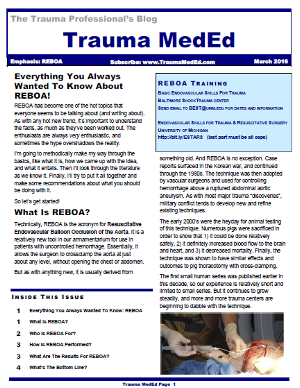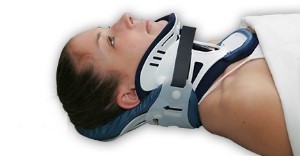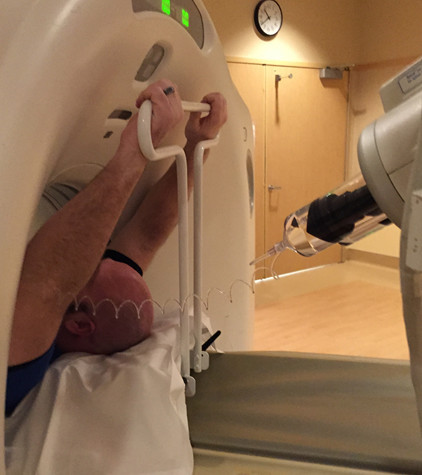Nonaccidental trauma (NAT) in children, a.k.a. child abuse, is a problem that trauma professionals see all too frequently. Much of the time, the abuse is obvious. Sometimes, it is more insidious and occult, and we can be misdirected by the history given by the caregivers. The most frequent story used to cover up obvious injuries child abuse is that the child fell. Unfortunately, the injuries observed from abuse may be very similar to those seen from shaking, grabbing, lifting, and throwing.
A paper that is currently in press from the University of Colorado at Aurora seeks to clarify this a bit, trying to tease out nuances in common injury patterns that may help us distinguish NAT from falls. They performed a retrospective database review at both Denver Health and Children’s Health Colorado over a 15 year period. They specifically looked at children with blunt abdominal trauma. Unfortunately, they chose the age group < 18 years as “children”, which muddies the picture somewhat.
Here are the factoids:
- Of the 1,005 blunt abdominal trauma cases identified, 65 were confirmed to be due to NAT, and 115 were actually from falls
- 63 of the 65 NAT victims were less than 5 years old, but only 35 of the falls were
- Average ISS for the NAT kids was 20, vs only 12 for falls
- There were more hollow viscus injuries in NAT kids (25 vs 2), and more pancreatic injuries (16 vs 2)
- If a head injury was present, it was more severe with NAT
- Hospital LOS was longer after NAT, which makes sense given the ISS and head info above
Bottom line: Unfortunately, the authors could accumulate only a small amount of data over 15 years, but it paints a clear picture. Injured children presenting with a history of falls, particularly young children who can’t engage in the high energy pursuits of adolescents, should arouse suspicion. If multiple injuries are found, especially visceral or deep solid organ abdominal injury (pancreas), suspect foul play. Similarly, if the head injury is more severe, be suspicious. All trauma professionals need to keep the possibility of NAT in the back of their minds on every injured child they see!
Related posts:
Reference: Pediatric abdominal injury patterns caused by “falls”: A comparison between nonaccidental and accidental trauma. J Ped Surg, in press, Feb 2, 2016.




